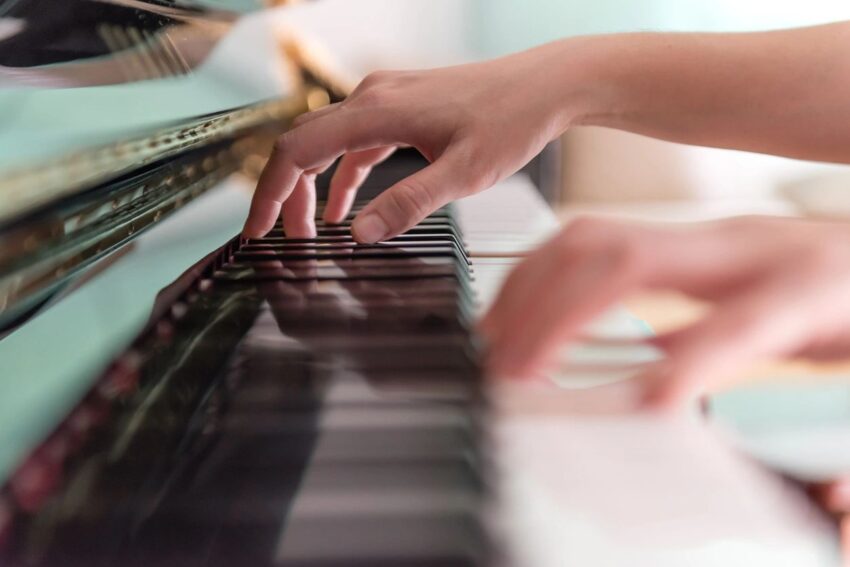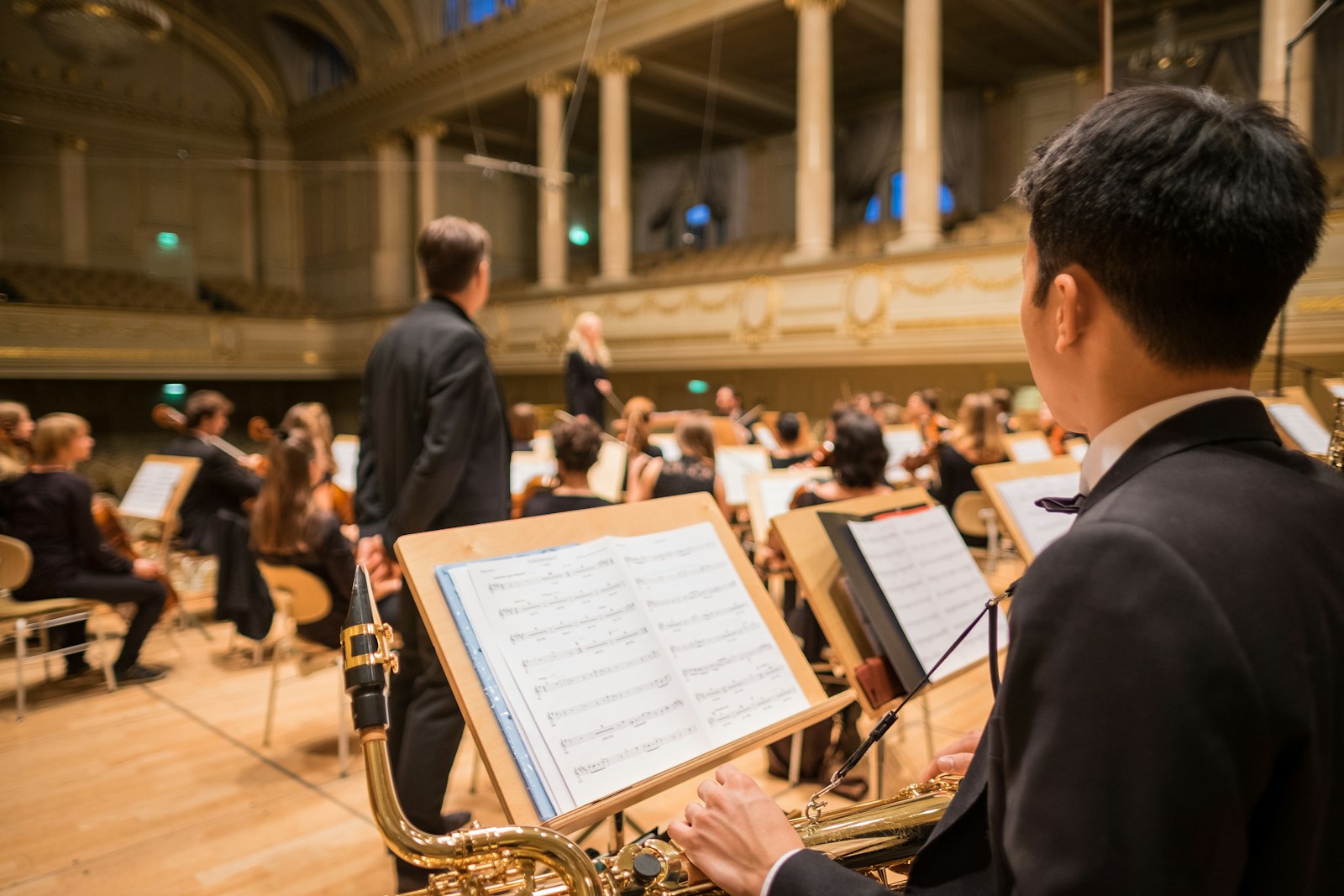The design of a grand piano has been perfected since its beginnings in the 19th century. It consists of more than 12,000 parts and is a solo instrument known for its beauty, size, balanced sound, and high-quality materials.

Here we look into all the elements that make a grand piano grand
There is a much more refined playing experience to be gained from a grand piano than a digital keyboard or upright piano. They’re built by experienced, skilled hands over a period of months, sometimes for as long as a year, with higher-quality materials, which results in more durability, better sound quality, and action. Upright pianos and keyboards can be factory-made and more mass-produced, so they retail at lower prices and are a more affordable alternative. However, with a grand piano, you really get your money’s worth.
Grand piano size
Grand pianos range in size from 6 to 10 ft long, compared to an upright piano which would be between 4 to 5 ft. An upright piano doesn’t have the capacity to house the longer strings that a grand piano has within its larger cabinet. A grand piano has around 230 individual steel strings, which are all fixed by hand, one at a time.
Sound
Only a grand piano can achieve that classic full, solo voice that can fill a concert hall with ease. A hardwood soundboard reflects the tones that come from the grand piano strings outwards which amplifies them to increase the volume.
High-quality materials
It is not unusual for a single grand piano to be a year in the making. Their shiny exterior and large size are enough to command the immediate attention of an audience, but inside the piano is just as exemplary. With several thousand parts all requiring expert placement, it is no quick or easy task to create a grand piano from hand – which all of them are. Some of the parts that go into a grand piano could include:
- Iron
- Black walnut
- Hard maple
- Sugar pine
- Mahogany
- Steel
- Yellow birch
- Yellow poplar
- Sitka spruce
- Cloth and felt
It is really an exquisite instrument and this is reflected in its high-end retail price, which tends to be upwards of £5,000 – for a new grand piano. It can be seen as an investment, with its longevity renowned, it has the ability to provide entertainment for future generations. In the vast majority of cases, simple maintenance is enough to keep the piano in the greatest condition.
Caring for a Grand Piano
If you’re paying a significant amount of money for anything, it makes sense to consider preventative maintenance and longevity. It is advisable to:
- Have a grand piano tuned every 6 to 12 months
- Schedule a full regulation every 2-5 years
- Placement of the piano should not be in direct sunlight, near fireplaces or radiators
With the right measures in place, a grand piano has the potential to be passed on down the generations, with the best grand pianos hitting the century mark. Your grand piano purchase can be a lifetime investment.

